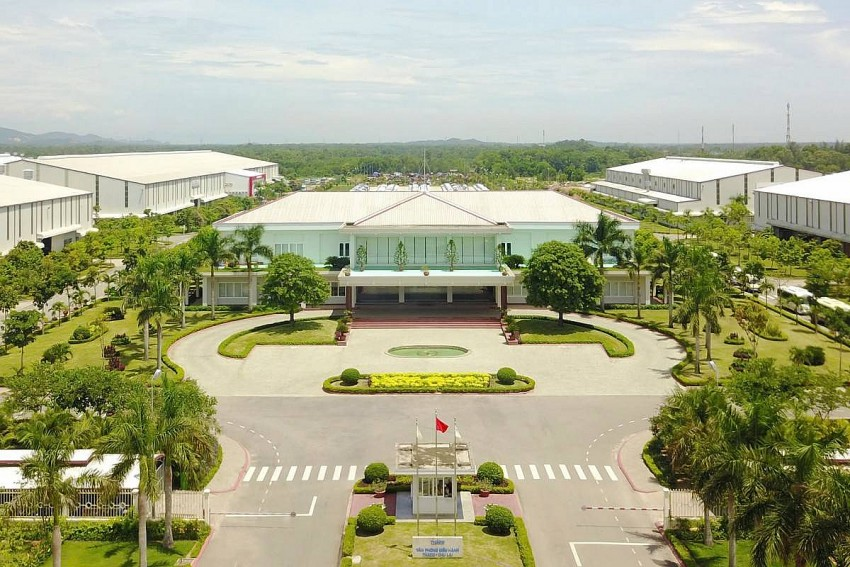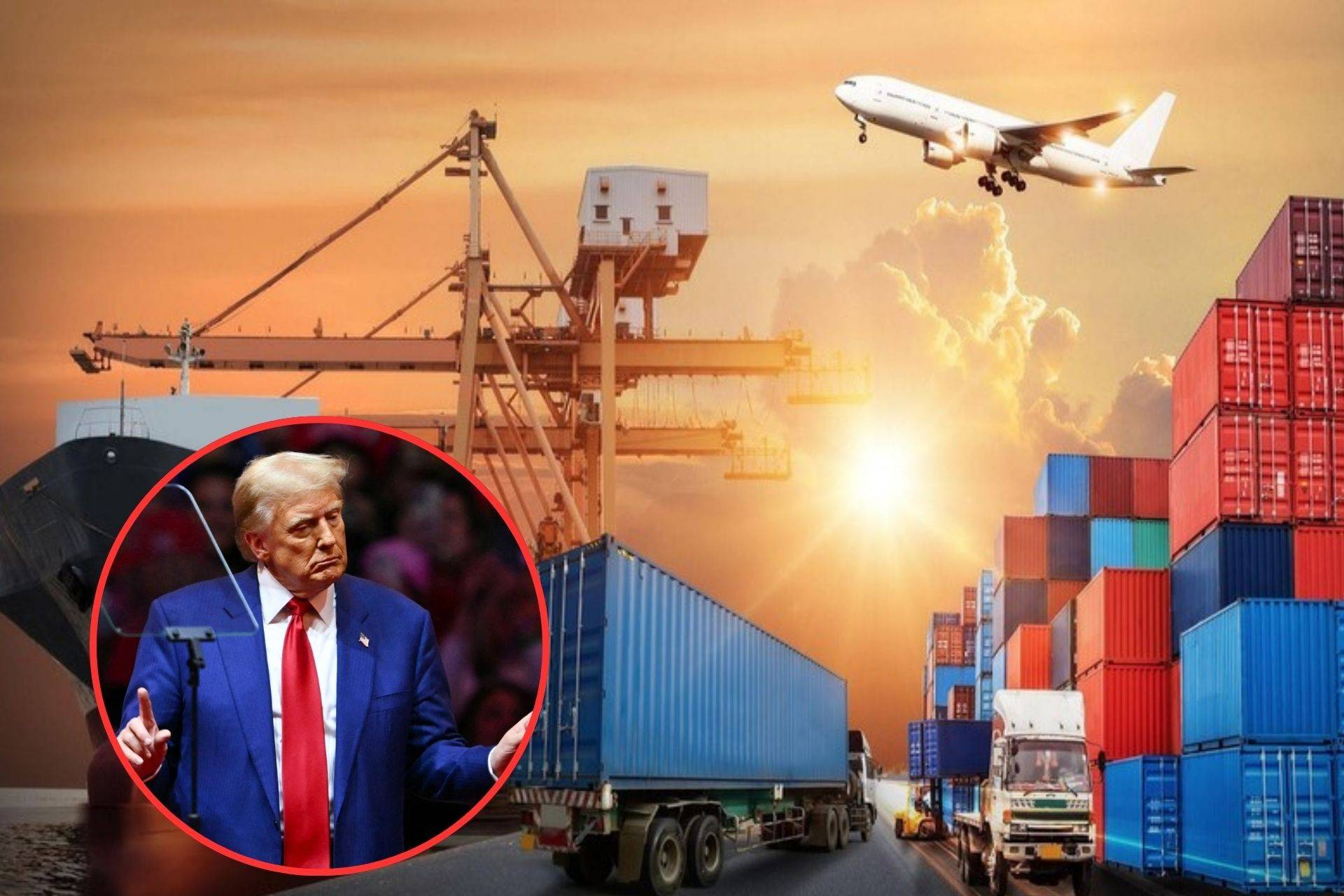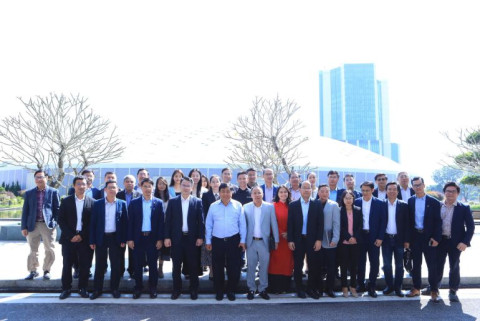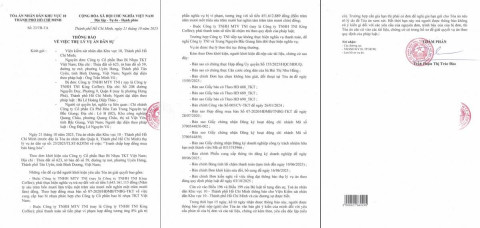Overcoming rising input costs and supply challenges in business
- 137
- Business
- 16:50 18/07/2024
DNHN - Currently, businesses are facing significant challenges as input costs rise and supply becomes difficult. The shortage of supply can impact business operations, profits, and the competitiveness of businesses.
Recently, businesses have faced significant increases in input costs. Some key factors putting pressure on costs include:
The prices of raw materials, such as oil, steel, copper, and other materials, have increased sharply recently. This price increase stems from various factors, including increased demand, supply disruptions, and geopolitical and global market factors. The increase in raw material prices raises production costs for businesses, affecting profitability and competitiveness.
Labor costs are an important factor in the input costs of businesses. Wage increases and costly requirements for benefits and working conditions have put pressure on businesses. This is especially overwhelming for labor-intensive industries, such as manufacturing and services.

In addition to facing increased costs, businesses also face difficulties in finding and maintaining supply.
Supply shortages can occur in various industries. This can be due to many reasons, including production disruptions, limited natural resources, and political factors. Businesses face the risk of not having enough raw materials, goods, or services necessary to maintain their business operations.
With rising input costs and supply shortages, suppliers may increase prices or impose stricter conditions on businesses. This can put pressure on business profits and increase the risk of maintaining supply relationships.
To cope with the challenges of rising input costs and difficult supply issues, businesses can adopt the following measures. First, businesses can enhance the optimization of production and operation processes to reduce costs and increase efficiency. This can include using advanced technology, automating processes, and optimizing supply chain processes.
Second, businesses can seek alternative sources of supply for disrupted or scarce raw materials, goods, or services. This may involve finding new suppliers, promoting multiple sources of supply, or investing in developing domestic sources of supply.
Third, investing in training and human resource development can help increase labor productivity and reduce long-term input costs. By enhancing employee skills and knowledge, businesses can increase creativity, improve processes, and strengthen competitiveness.
Finally, diversifying sources of supply can help reduce the risk of supply shortages or price increases from a single supplier. Businesses can consider expanding their supplier network, finding new partners, and building multilateral relationships.
Therefore, the challenge of rising input costs and difficult supply issues is putting significant pressure on businesses. However, by optimizing production processes, seeking alternative sources of supply, investing in human resource training, and diversifying sources of supply, businesses can cope and overcome these challenges. Flexibility and creativity will play an important role in maintaining competitiveness and sustainability in the current difficult business environment.
Currently, businesses are facing a nuanced business landscape in the construction industry in Vietnam. Although there are some positive signs, such as new projects being launched and old projects being restarted, the market is still recovering slowly. Businesses like ABB are applying new technology products to optimize civil construction projects, aiming to meet the growing market demand for smart and energy-efficient homes.
Recent surveys show that a "cautious optimism" mindset is prevalent among the European business community in Vietnam. Businesses view the current conditions as stable but remain cautious about short-term prospects. However, they still believe in Vietnam's long-term development potential and are preparing for upcoming challenges such as rising input costs, supply chain issues, logistics, and interest rates.
Experts emphasize that to maintain economic growth momentum, the Government needs to enhance the implementation of supportive financial tools and continue improving the business environment by addressing administrative and regulatory barriers. Businesses also need to promote labor productivity improvements to ensure sustainable economic growth in the future.
Nghe Nhan
Related news
#Vietnamese businesses

Billionaire Trần Bá Dương’s Thaco raised 1.3 trillion VND in bonds
Thaco has successfully issued a 1.3 trillion VND real estate-backed bond, continuing its strategy of raising large amounts of capital, bringing its total bond liabilities to 13.68 trillion VND.

Economic expert Võ Trí Thành assessed: President Donald Trump’s new trade policy will impact Vietnam
According to Dr. Võ Trí Thành, Director of the Institute for Brand and Competitive Strategy Research, Donald Trump’s new trade policy will have significant effects on Vietnam’s economy. He also provides strategic recommendations for businesses.

Honoring the spirit of the business community and entrepreneurs
October 13 is not only an occasion to honor the achievements of the business community but also to recognize the relentless efforts of Vietnamese entrepreneurs in nation-building.

Chairman of VINASME: Vĩnh Phúc businesses confidently aim for sustainable development
The Chairman of the Vietnam Association of Small and Medium Enterprises (VINASME) emphasized that businesses in Vĩnh Phúc province are solidifying their position for sustainable development.

Two Vietnamese developers featured in Apple's latest honors project
The app named DreameChaser by two Vietnamese developers is among the few listed in the "Dare to Dream" category on the App Store.

The data center market in Vietnam: High demand, great potential
According to Minister of Information and Communications Nguyễn Mạnh Hùng, investing in data centers is a new type of investment for telecom operators.
Đọc thêm Business
From New Year messages of World Leaders to the “new rules” of the Global economy in 2026
At a pivotal moment of transition, New Year messages from capitals such as Hanoi, Beijing, Washington and Paris reflect distinct priorities and strategic visions.
Connecting Leaders, Shaping the Future: Strategic Leadership Planning Meeting – CorporateConnections Hanoi A
"Your network is your most powerful flowing asset. It generates value, multiplies opportunities, and accelerates your influence across borders."
Innovative ESG enterprise: Trạm Xe Việt startup proposes solutions to build a green mobility ecosystem
As Vietnam commits to achieving Net Zero by 2050 and tightens emissions standards, the transportation sector faces unprecedented pressure to transform.
Deputy Prime Minister Nguyễn Chí Dũng: “The country’s major challenges weigh heavily on my mind — and we must resolve them together.
On the morning of November 26, 2025, Deputy Prime Minister Nguyễn Chí Dũng chaired a high-level working session at the National Innovation Center (NIC) in Hòa Lạc.
Unitsky String Technologies signs cooperation agreements with three Vietnamese partners, opening a new direction for smart mobility and sustainable development
The signing ceremony took place in Minsk, Belarus, on November 28, 2025.
Before the D‑day to abolish flat‑rate tax: Fear of technology and costs leave small traders struggling to adapt
From 1 January 2026 the flat‑rate tax regime will be abolished. Small business households will be required to declare tax based on actual revenue. MISA supports the transition with technology to help micro‑merchants adapt smoothly and transparently.
Vietnamese enterprises at a crossroads: the impact of a potential US–China deal
As the world closely monitors every shift in US-China relations, emerging signals of a strategic agreement between the two global powers are raising hopes for global economic stability.
HDBank: Impressive profit growth, leading in profitability and advancing international integration
Ho Chi Minh City Development Joint Stock Commercial Bank (HDBank, stock code HDB) announced its consolidated profit before tax for the first 9 months of 2025 reached VND 14,803 billion, marking a 17% increase year-on-year (YoY).
TNI King Coffee sued for over VND 5 Billion in unpaid debts
On October 21, 2025, the People’s Court of District 10 in Ho Chi Minh City officially accepted a civil lawsuit concerning a commercial contract dispute between TKT Vietnam Plastic Packaging Joint Stock Company and TNI King Coffee Co., Ltd.
VINASME and Jeonnam Technopark Sign MOU on technology cooperation, human resource training, and trade promotion
On October 15, 2025, in Hanoi, VINASME and Jeonnam Technopark (Korea) signed an MOU to promote trade, advance technology transfer, and develop human resources between enterprises of both nations.











